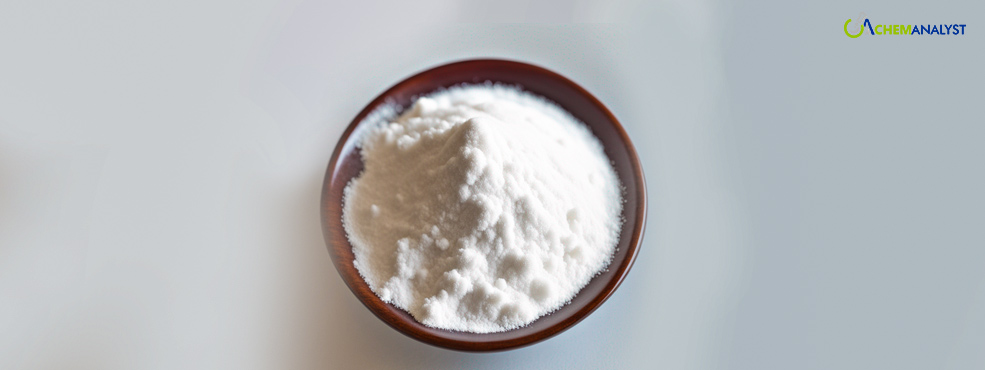Potassium Benzoate Market Sees Sharp Price Surge Amid Global Supply Constraints
- 14-Feb-2025 6:00 PM
- Journalist: Emilia Jackson
Potassium benzoate prices are set to rebound after hitting drastic lows, as market fundamentals shift toward a bullish trend. Following a prolonged downward trajectory through 2024, prices are expected to surge in February 2025, driven by recovering seasonal demand and tightening supplies. Our analyst, point to reduced Chinese production during Spring Festival and rising benzoic acid costs as key factors fueling this anticipated price correction from recent market bottoms.
Potassium benzoate prices have surged dramatically as manufacturers face severe supply constraints and soaring raw material costs. The market has seen a 15-20% price jump since January 2025, with benzoic acid shortages and strong seasonal demand pointing to further increases ahead. Chinese production disruptions during Spring Festival have intensified market tightness, leaving global buyers scrambling for limited supplies.
The price rally in Potassium benzoate markets has been primarily driven by the soaring costs of benzoic acid, its key raw material. Asian benzoic acid markets have seen unprecedented volatility, with prices reaching multi-year highs due to production constraints and strong demand from downstream sectors.
China, the world's largest producer of Potassium benzoate, has seen its manufacturing output significantly impacted by the Spring Festival shutdown. With most facilities resuming operations this week, market participants report critically low inventory levels. Major Chinese Potassium benzoate manufacturers are operating at reduced capacities, citing raw material shortages and logistics challenges amid harsh winter conditions.
European importers of Potassium benzoate have been particularly affected by the supply crunch. Leading food and beverage manufacturers in Germany, France, and Italy report difficulties in securing regular shipments, forcing them to pay premium prices for available stocks. The situation has been exacerbated by recent transportation disruptions caused by severe winter weather across North America and Europe.
India, another significant importer of Potassium benzoate, has seen domestic prices surge by nearly 25% since December. Local traders attribute this sharp increase to limited availability from Chinese suppliers and higher freight costs. The Indian food preservation industry, which relies heavily on Potassium benzoate, is facing pressure to pass these increased costs to consumers.
The current Potassium benzoate shortage coincides with peak demand from the beverage industry preparing for summer production. With depleted inventories and strong seasonal demand, Potassium benzoate prices are likely to remain elevated through Q2 2025.
U.S. manufacturers using Potassium benzoate have also been impacted by the recent implementation of additional tariffs on Chinese imports. The 10% tariff increase has further complicated the supply situation, leading some companies to seek alternative suppliers from South Korea and Taiwan, albeit at higher prices.
As per the chemanalyst, predict the Potassium benzoate market will remain tight until at least mid-2025, as producers struggle to rebuild inventory levels. The compound's essential role in food preservation means demand remains inelastic despite price increases, putting additional pressure on available supplies.
Leading chemical manufacturers have announced plans to increase Potassium benzoate production capacity, but these expansions are not expected to provide immediate relief to the market. Until new supply comes online, buyers are likely to face continued price pressure and potential allocation of available material.
The current market dynamics surrounding Potassium benzoate highlight the broader challenges facing global supply chains in 2025, particularly in the specialty chemicals sector. As manufacturers and end-users adapt to this new pricing environment, the ripple effects are expected to impact various industries dependent on this crucial preservative.




